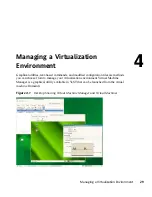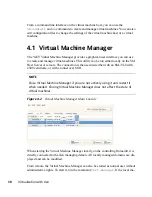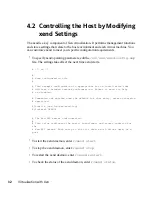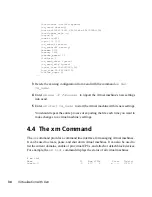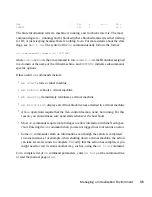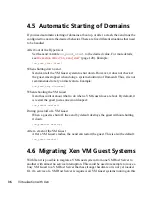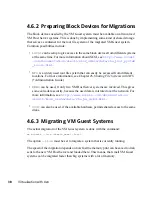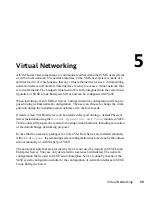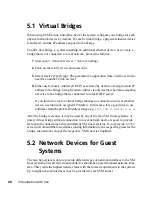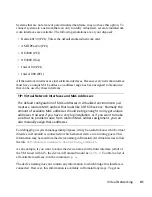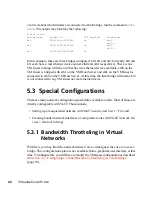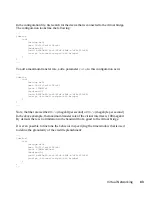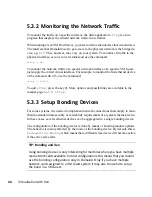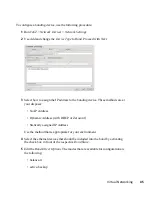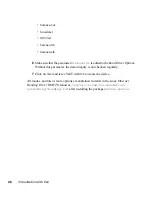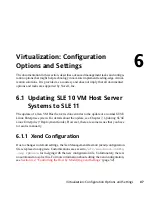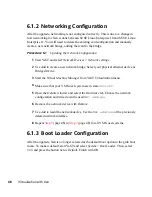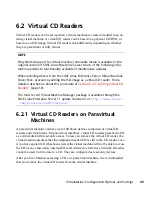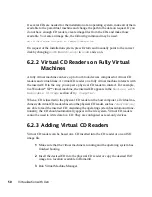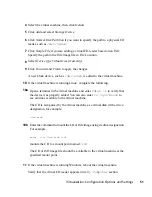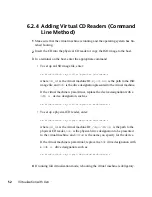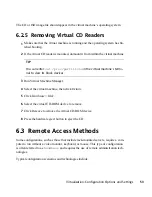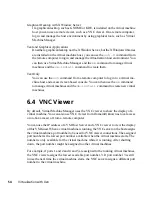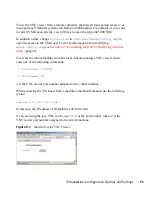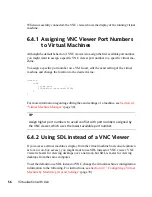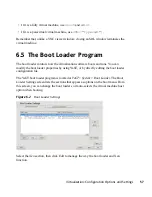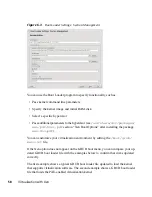
In the configuration file, first search for the device that is connected to the virtual bridge.
The configuration looks like the following:
...
(device
(vif
(bridge br0)
(mac 00:16:3e:4f:94:a9)
(backend 0)
(uuid bf840a86-6aa9-62df-f8df-a7cf8c192c24)
(script /etc/xen/scripts/vif-bridge)
)
)
...
To add a maximum transfer rate, add a parameter
rate
to this configuration as in:
...
(device
(vif
(bridge br0)
(mac 00:16:3e:4f:94:a9)
(rate 100Mb/s)
(backend 0)
(uuid bf840a86-6aa9-62df-f8df-a7cf8c192c24)
(script /etc/xen/scripts/vif-bridge)
)
)
...
Note, that the rate is either
Mb/s
(megabit per second) or
MB/s
(megabyte per second).
In the above example, the maximum transfer rate of the virtual interface is 100 megabit.
By default, there is no limitation to the bandwidth of a guest to the virtual bridge.
It is even possible to fine tune the behavior in specifying the time window that is used
to define the granularity of the credit replenishment:
...
(device
(vif
(bridge br0)
(mac 00:16:3e:4f:94:a9)
(rate 100Mb/s@20ms)
(backend 0)
(uuid bf840a86-6aa9-62df-f8df-a7cf8c192c24)
(script /etc/xen/scripts/vif-bridge)
)
)
...
Virtual Networking
43

